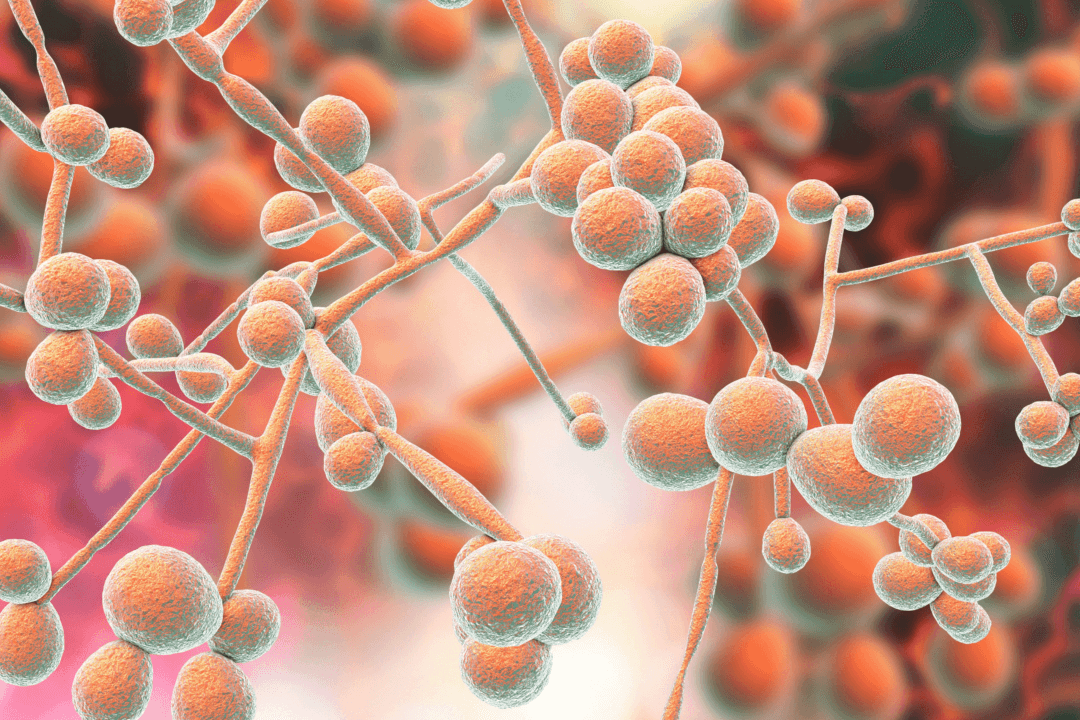When trying to keep the pounds off or even loose some of them, fibers are actually our very best friend...
There are two types of fiber, soluble and insoluble. Soluble fiber is like a sponge; it absorbs excess cholesterol and toxins. Insoluble fiber is like a scrub brush; it ‘scours’ the intestinal tract and colon clean. Both types of fiber are essential for good health. Most people do not eat a proper, well balanced diet including fruits, vegetables, seeds and grains. Over time, this leads to a build-up of undigested food in the intestinal tract and colon which ferments, putrefies and becomes toxic. These toxins seep into the bloodstream and lead to poor health, chronic disease and can hinder your weight loss efforts.





